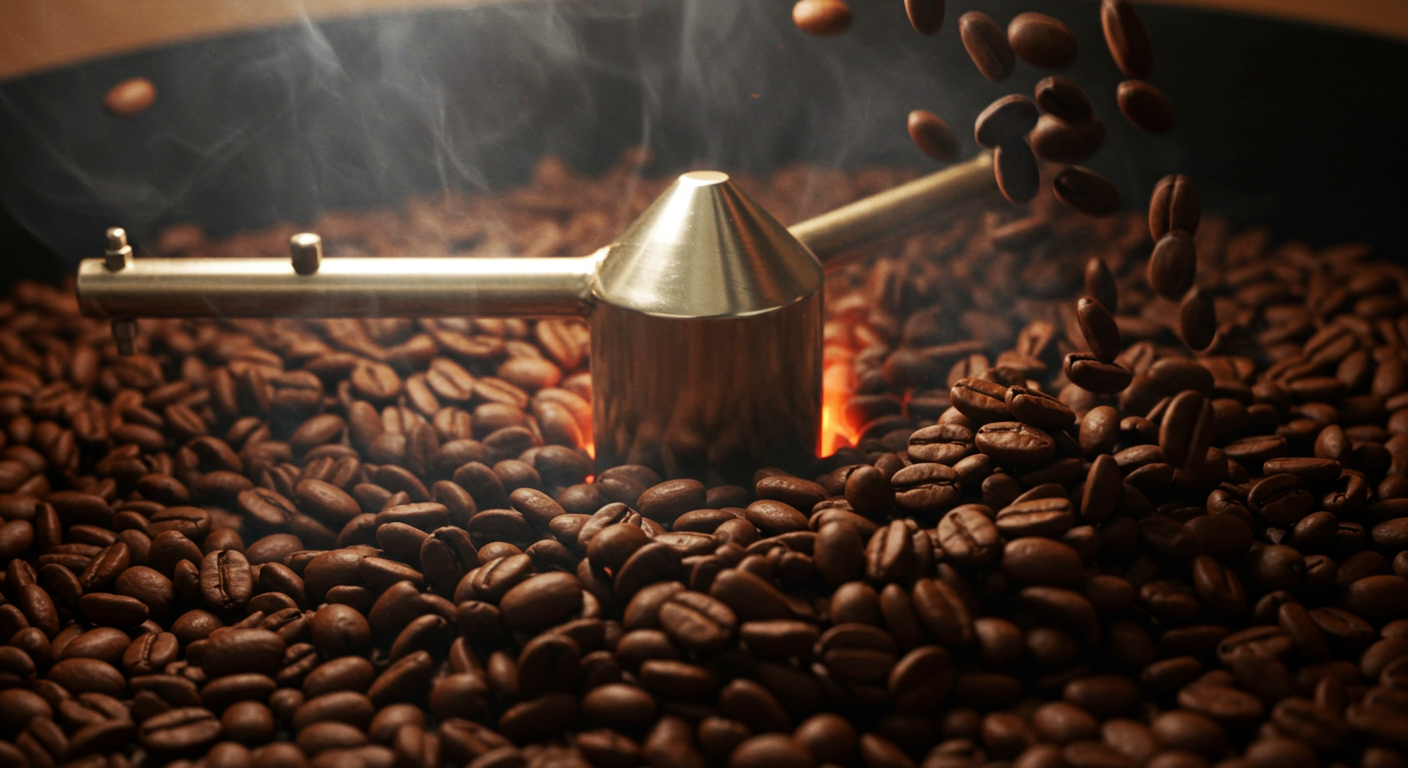Now Reading: The Ultimate Guide to Coffee: From Bean to Cup and Beyond
- 01
The Ultimate Guide to Coffee: From Bean to Cup and Beyond
The Ultimate Guide to Coffee: From Bean to Cup and Beyond

A Brief History of Coffee
The story of coffee begins in the highlands of Ethiopia, where legend has it that a goat herder named Kaldi discovered the energizing effects of the coffee plant. Around the 15th century, coffee cultivation and trade began in the Arabian Peninsula, spreading quickly to become a beloved beverage in Islamic society.
By the 17th century, coffee had made its way to Europe, initially met with skepticism but soon embraced as a fashionable and stimulating drink. Coffee houses sprang up across major cities, becoming centers of intellectual and social exchange. From Europe, coffee traveled to the Americas, where it became a staple crop, particularly in Brazil, Colombia, and other South American nations. Today, coffee is one of the most traded commodities in the world, enjoyed by billions of people every day.
Coffee Varieties: Arabica vs. Robusta and Beyond
The two main types of coffee beans are Arabica and Robusta. Arabica beans are known for their smoother, sweeter flavor with notes of chocolate and caramel. They typically have a higher acidity and caffeine content. Arabica accounts for about 60% of the world’s coffee production and is generally considered the higher quality bean. It is grown at high altitudes and needs a moist environment with rich soil.
Robusta beans, on the other hand, have a bolder, more bitter taste with a nutty undertone. They have a higher caffeine content than Arabica and are more resistant to disease and pests, making them easier to grow. Robusta is often used in espresso blends for its strong flavor and crema production.
Beyond Arabica and Robusta, there are other lesser-known but equally interesting coffee varieties like Liberica and Excelsa, each with its unique flavor profile and growing conditions. Exploring these varieties can lead to exciting and unexpected coffee experiences.
Brewing Methods: From Pour-Over to Espresso
The art of brewing coffee is just as important as the quality of the beans. There’s a brewing method for every preference and skill level. Each method extracts different flavors and characteristics from the coffee grounds, resulting in a unique cup.
Pour-over: A manual method where hot water is slowly poured over coffee grounds in a filter. It allows for precise control over the brewing process, resulting in a clean and flavorful cup.
French Press: Coffee grounds are steeped in hot water and then pressed to separate the coffee from the grounds. It produces a full-bodied cup with a rich texture.
Espresso: A concentrated coffee beverage brewed by forcing hot water through finely-ground coffee beans under high pressure. It’s the foundation for many popular coffee drinks like lattes and cappuccinos.
Cold Brew: Coffee grounds are steeped in cold water for an extended period, typically 12-24 hours. This method results in a smooth, low-acid coffee concentrate that can be served over ice.
Other Methods: Drip coffee makers, Aeropress, Moka Pot, and Turkish coffee are other popular brewing options, each with its unique characteristics and results.
No products found.
The Health Benefits of Coffee (and Some Considerations)
Coffee, consumed in moderation, can offer several health benefits. It’s a rich source of antioxidants, which can help protect the body against damage from free radicals. Studies have shown that coffee consumption may be linked to a reduced risk of certain diseases, including type 2 diabetes, Parkinson’s disease, and liver disease.
Coffee can also improve cognitive function, boost energy levels, and enhance athletic performance. The caffeine in coffee acts as a stimulant, increasing alertness and focus.
However, it’s important to consume coffee in moderation and be aware of potential side effects. Excessive caffeine intake can lead to anxiety, insomnia, and digestive issues. Individuals with certain health conditions, such as heart problems or anxiety disorders, should consult with a healthcare professional before consuming coffee.
Coffee Trends and the Future of Coffee Culture
The world of coffee is constantly evolving, with new trends emerging all the time. One notable trend is the rise of specialty coffee, which emphasizes high-quality beans, sustainable sourcing, and artisanal brewing methods. Consumers are becoming more discerning about their coffee, seeking out unique and flavorful experiences.
Another trend is the growing popularity of cold brew coffee, which offers a refreshing and less acidic alternative to traditional iced coffee. Nitro coffee, which is infused with nitrogen gas, is also gaining traction for its creamy texture and cascading visual appeal.
The future of coffee culture is likely to be shaped by technology, with advancements in brewing equipment, coffee delivery services, and personalized coffee experiences. Sustainability will also be a major focus, as consumers demand more ethically sourced and environmentally friendly coffee products.
No products found.















